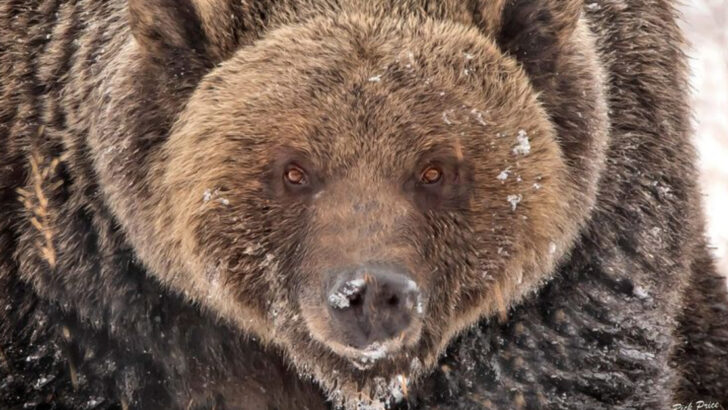The United States, with its diverse range of ecosystems, is home to a variety of animals, some of which pose significant threats to humans.
From the frozen tundras of Alaska to the sun-soaked beaches of Florida, these creatures have adapted to their environments, wielding danger in unique ways.
This list explores the 20 most dangerous animals found across different corners of the U.S., highlighting their unique traits and the threats they present.
Whether it’s the venomous bite of a snake or the sheer force of a large mammal, these animals are not to be underestimated.
American Alligator
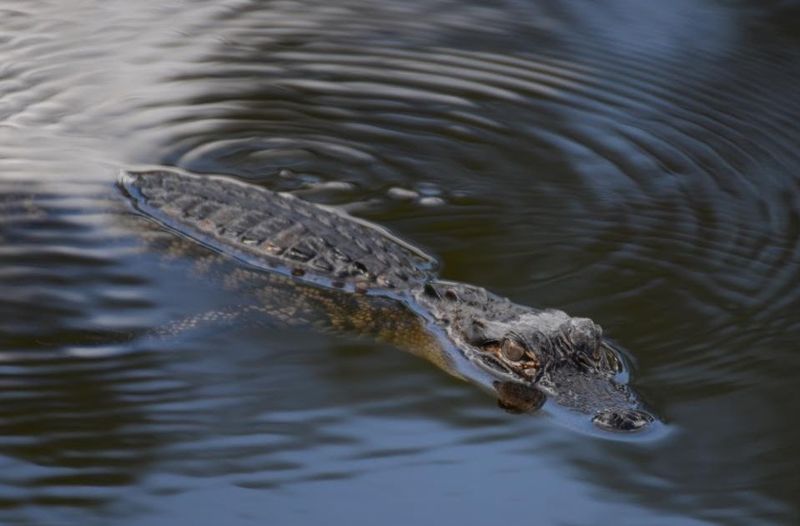
Lurking silently in the swamp waters, the American Alligator is a formidable predator. Thriving in Florida’s warm, marshy habitat, these reptiles can grow up to 15 feet. Although attacks on humans are rare, their powerful bite is enough to crush bones.
With over a million alligators in Florida alone, encounters are not uncommon. Known for their stealth, they often ambush their prey, using a quick burst of speed.
Fun fact: Alligators can live up to 50 years in the wild! They play a crucial role in maintaining the balance of their ecosystems.
Western Diamondback Rattlesnake
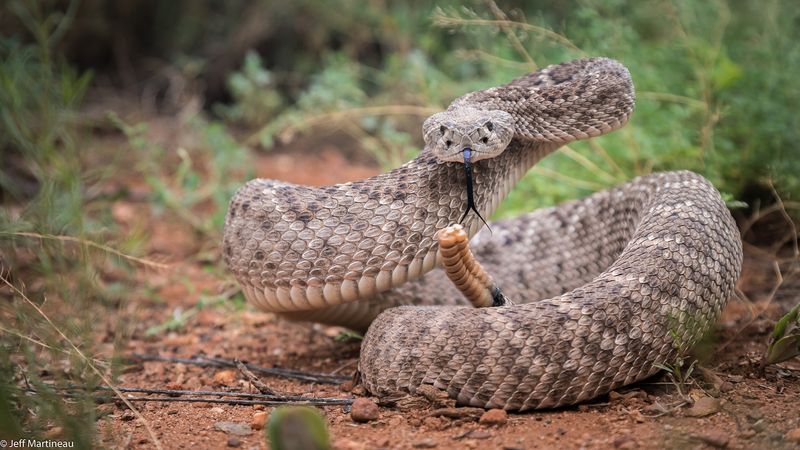
In the arid deserts of Arizona, the Western Diamondback Rattlesnake reigns supreme. Recognizable by its distinctive diamond pattern, these snakes are quick to defend themselves when threatened.
A rattlesnake’s bite can deliver a potent venom capable of causing severe pain and even death if untreated. These snakes prefer to avoid humans, but their camouflage makes encounters inevitable.
Did you know? Rattlesnakes can control the amount of venom they inject. They are vital in controlling the rodent population, making them essential to their ecosystem.
Grizzly Bear
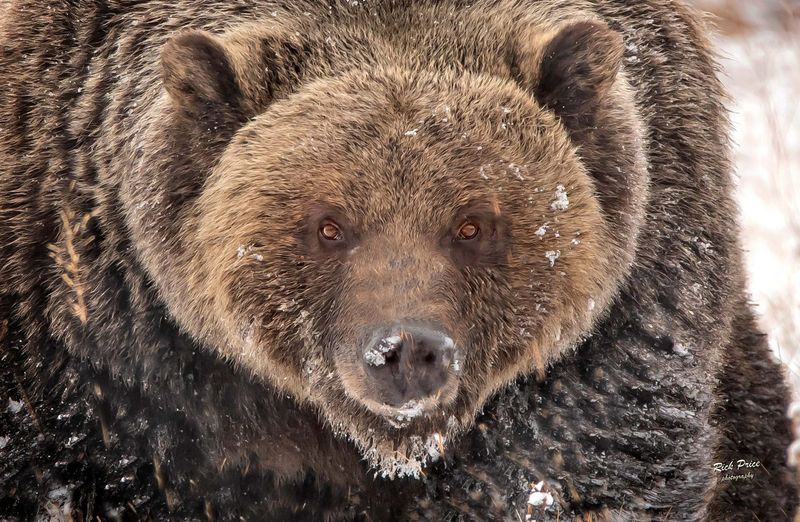
With a roar that echoes through Yellowstone, the Grizzly Bear is both majestic and menacing. Weighing up to 700 pounds, these bears are known for their strength and speed.
Despite their size, grizzlies can run remarkably fast, especially when provoked. It’s best to admire these creatures from a distance to avoid dangerous encounters.
Interesting tidbit: Grizzlies have a hump of muscle on their backs that aids in their digging prowess, crucial for food foraging. Their presence in the wild is a testament to nature’s raw power.
Cougar
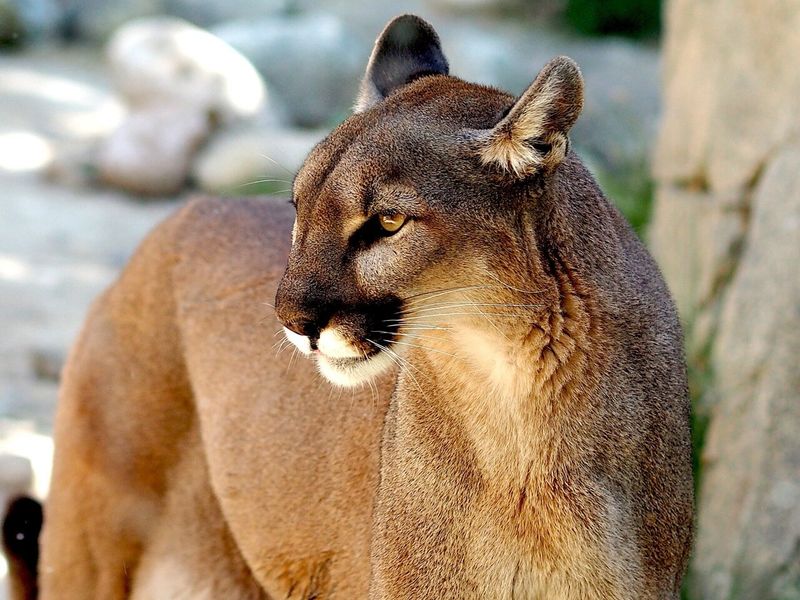
The elusive Cougar, with its haunting gaze, prowls the Rocky Mountains. Known also as the mountain lion, this predator is unmatched in its stalking ability.
Cougars can leap astonishing distances both vertically and horizontally, aiding in their hunting. Though attacks are rare, their habitats often overlap with human territories, leading to potential conflicts.
A fascinating fact: Cougars have the largest range of any wild terrestrial mammal in the Western Hemisphere. They are solitary creatures, usually avoiding human interaction.
Bison
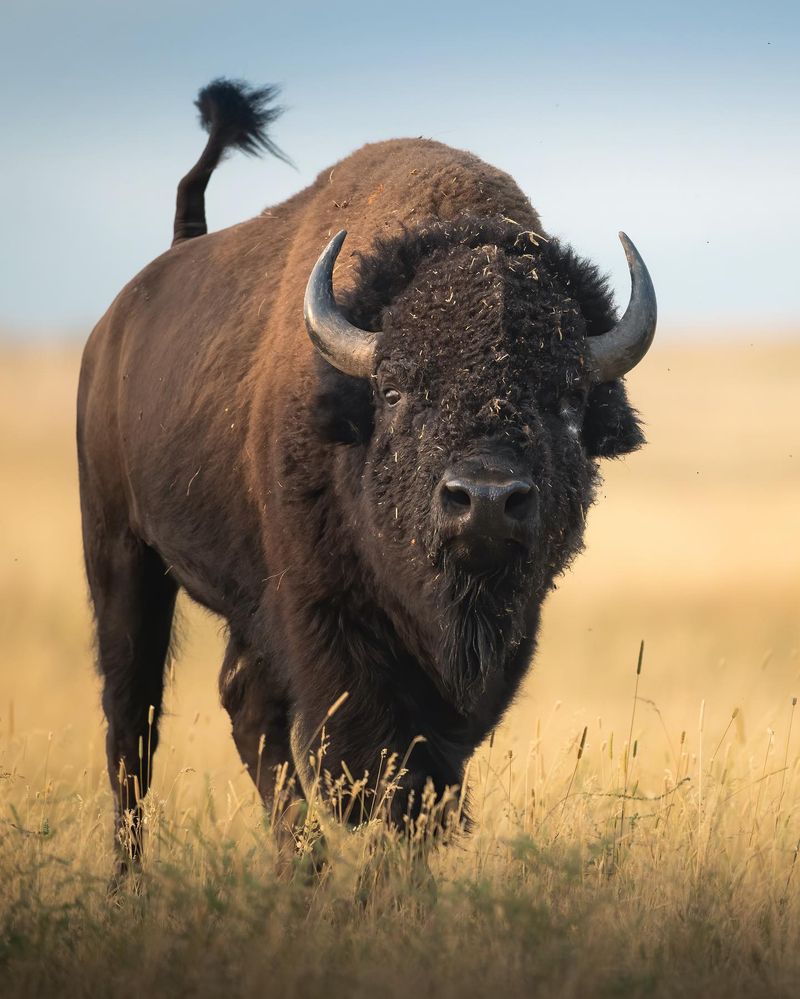
Roaming the plains of South Dakota, the Bison commands respect with its sheer size and power. Weighing over a ton, these gentle giants can quickly become aggressive if threatened.
Despite their calm appearance, bison can run up to 35 miles per hour, making them surprisingly swift. Tourists are often warned to keep their distance to avoid dangerous charges.
Did you know? Bison were once nearly extinct due to overhunting, but conservation efforts have successfully increased their numbers. Today, they symbolize the American frontier spirit.
Black Widow Spider
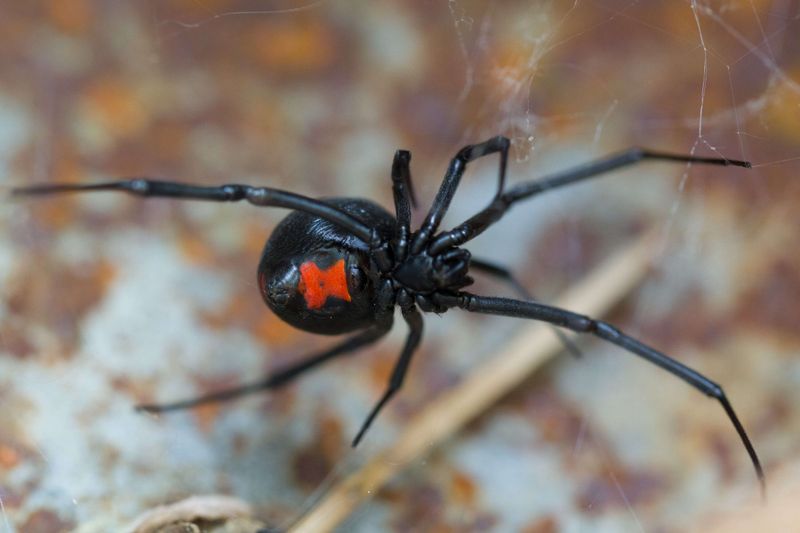
In the shadowy corners of Californian gardens, the Black Widow Spider spins its lethal webs. Known for the red hourglass on its abdomen, its bite can be medically significant to humans.
Though not aggressive, black widows will bite in self-defense. Their venom affects the nervous system, causing severe pain. Thankfully, fatalities are rare due to modern treatments.
Intriguing fact: Black widow silk is incredibly strong, often compared to steel. These spiders play a role in controlling insect populations, making them beneficial despite their fearsome reputation.
American Black Bear
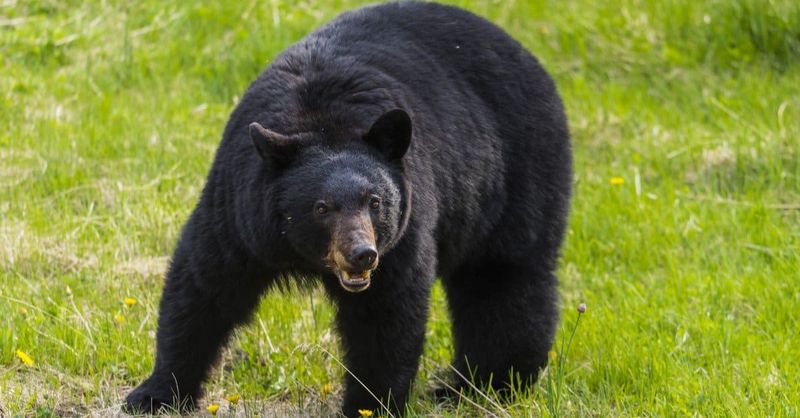
The American Black Bear, a common resident of the Appalachian Mountains, is both curious and cautious. With a keen sense of smell, these bears often wander into human territories in search of food.
While generally not aggressive, black bears can become dangerous if they feel threatened or cornered. It’s crucial to store food securely when camping in their habitats.
Did you know? Black bears are excellent climbers, often taking refuge in trees. They have a varied diet, ranging from berries to fish, playing a crucial role in their ecosystem.
Texas Coral Snake

Vibrantly banded with red, yellow, and black, the Texas Coral Snake is a striking sight in Texan gardens. Though shy and elusive, its venom is highly toxic, requiring immediate medical attention if bitten.
These snakes are non-aggressive and prefer to hide from threats. Their warning colors serve as a deterrent to potential predators.
Fun fact: “Red on yellow, kills a fellow” is a rhyme to remember its dangerous color pattern. Coral snakes are crucial in pest control, feeding on other snakes and small creatures.
Eastern Moose
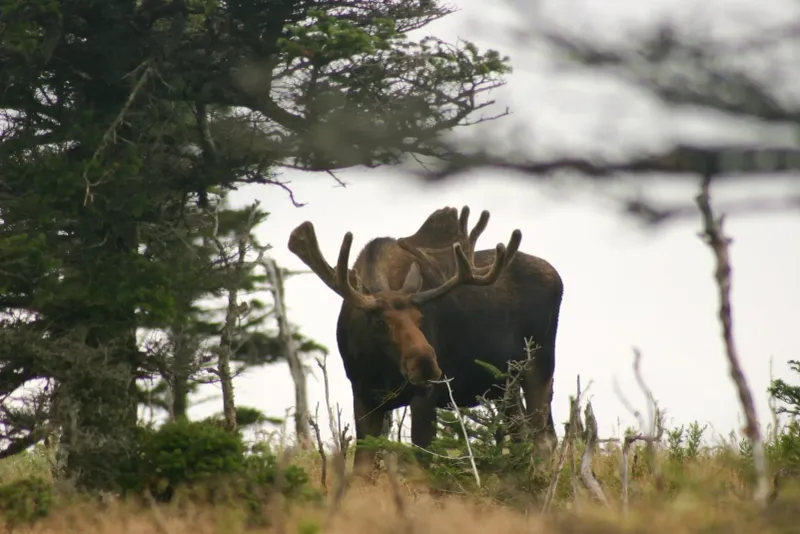
The Eastern Moose, a towering figure in Maine’s forests, captivates with its grandeur. Despite their size, moose can be unpredictable and aggressive, especially during rutting season.
Moose are excellent swimmers, often found in water bodies to escape biting insects. Their sheer size can pose a danger to vehicles on forested roads.
Interesting note: Moose are the largest members of the deer family. Due to their solitary nature, they usually avoid human contact, but their presence is a symbol of the wild Northeast.
Great White Shark
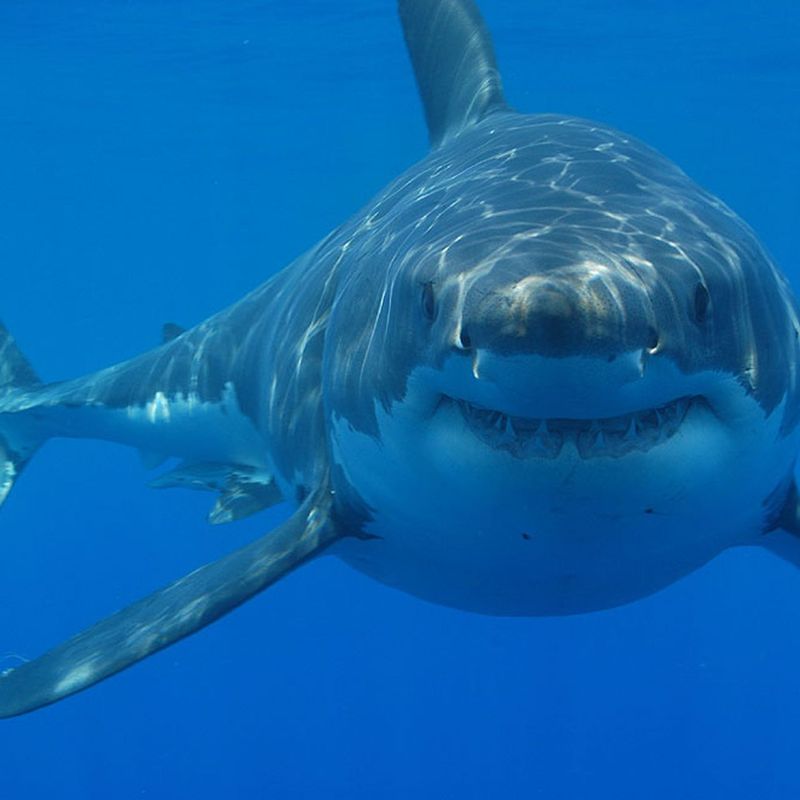
Beneath the waves off California’s coast, the Great White Shark prowls as an apex predator. Known for its formidable jaw and speed, it commands respect in its oceanic domain.
Shark attacks are rare, but their presence is a reminder of the ocean’s untamed nature. These sharks play an essential role in maintaining marine balance by controlling seal populations.
A surprising fact: Great whites can detect a drop of blood in 25 gallons of water! They are as much a marvel as they are a menace, integral to the marine ecosystem.
Fire Ant
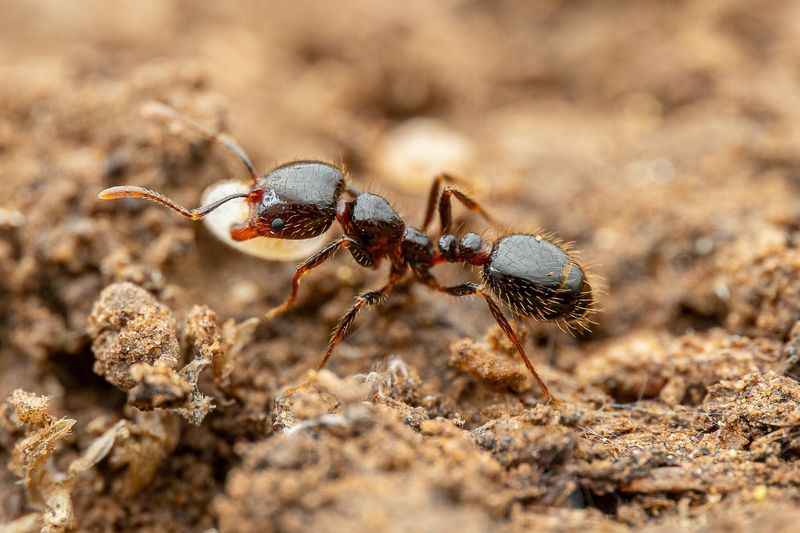
Fire ants, though small, pack a painful punch in the sunny landscapes of Texas. Known for their aggressive nature, they swarm perceived threats with a burning sting.
Their venom can cause allergic reactions in sensitive individuals, sometimes leading to medical emergencies. Fire ants are invasive, often outcompeting native species for resources.
Did you know? Fire ants communicate through pheromones, coordinating their movements as a unit. Their presence is a testament to nature’s resilience and adaptability.
Brown Recluse Spider
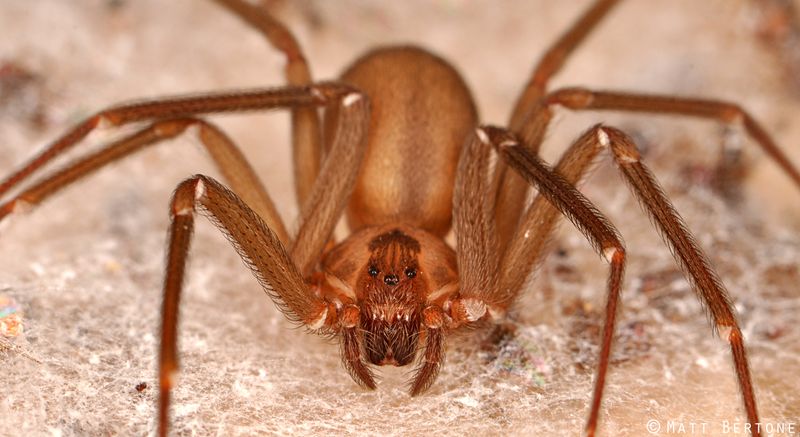
In the quiet corners of Missouri homes, the Brown Recluse Spider spins its unassuming webs. Its bite, although not always felt initially, can lead to severe necrotic wounds.
These spiders are shy and prefer undisturbed areas, reducing the likelihood of encounters. Their venom breaks down tissues, requiring medical attention if bitten.
Intriguing tidbit: Brown recluses are known for their “violin” marking on their backs. Despite their dangerous reputation, they help control pest populations, highlighting their ecological importance.
Arizona Bark Scorpion

The Arizona Bark Scorpion, small but mighty, is the most venomous scorpion in North America. Mostly found in Arizona, their sting can cause severe pain, numbness, and even temporary dysfunction in extreme cases.
These nocturnal creatures are adept climbers and are often found hiding in homes, making them a common household pest. Their tan color provides perfect camouflage in the desert sands.
Despite their fearsome reputation, they play a vital role in controlling insect populations. The use of UV lights to spot them at night has become popular among enthusiasts and pest controllers alike.
Timber Rattlesnake
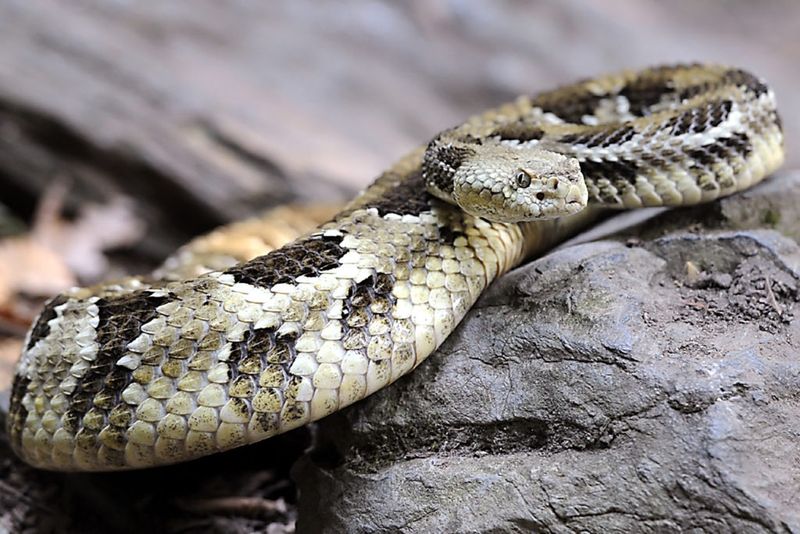
Camouflaged in the leaf-littered forests of Pennsylvania, the Timber Rattlesnake waits silently. Known for its potent venom, this snake prefers to avoid confrontation.
Rattlesnakes use their distinct rattling sound as a warning, preferring retreat over attack. However, their bites can be serious, requiring prompt medical care.
Fun fact: Timber rattlesnakes are one of America’s most patient predators, often waiting hours for prey. Their presence underscores the delicate balance of forest ecosystems.
Polar Bear
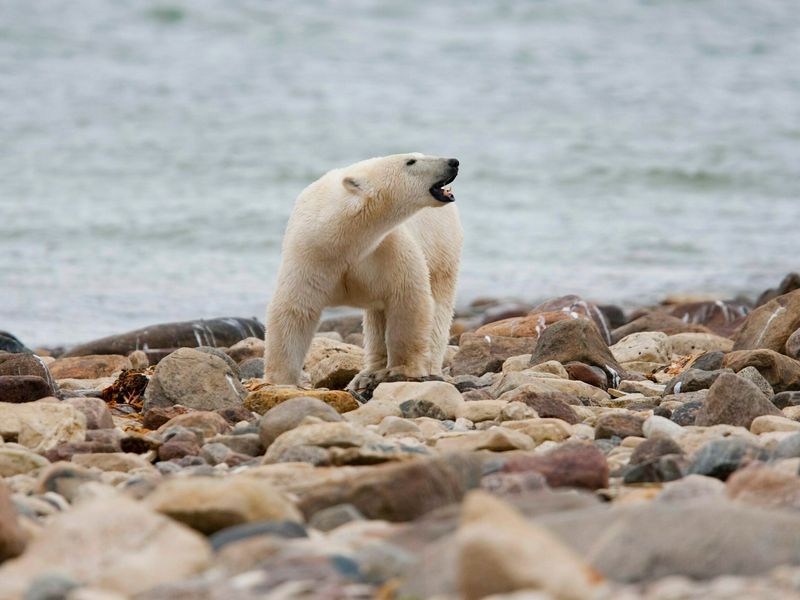
Dominating the icy realms of Alaska, the Polar Bear is a symbol of the Arctic wilderness. With powerful limbs and a thick layer of blubber, they are formidable hunters.
Polar bears rely heavily on sea ice for hunting seals, their primary food source. Climate change poses a significant threat to their habitat, influencing their hunting patterns.
Did you know? Polar bears are excellent swimmers, capable of covering long distances in cold waters. Their presence is a reminder of the fragility and beauty of the Arctic ecosystem.
Coyote
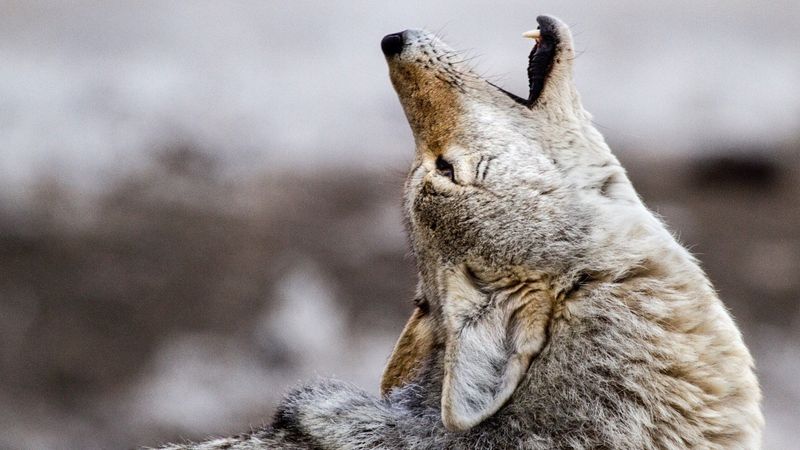
In the dry expanses of the Nevada desert, the Coyote thrives with uncanny adaptability. Known for its intelligence, this opportunistic predator often ventures near human settlements.
Coyotes can pose risks to pets and livestock, with their nocturnal habits often obscuring their presence. They are highly social animals, known for their distinctive howls.
A quirky fact: Coyotes can run up to 40 miles per hour! Their resilience and cunning make them a fascinating yet challenging presence in many environments.
Bull Shark
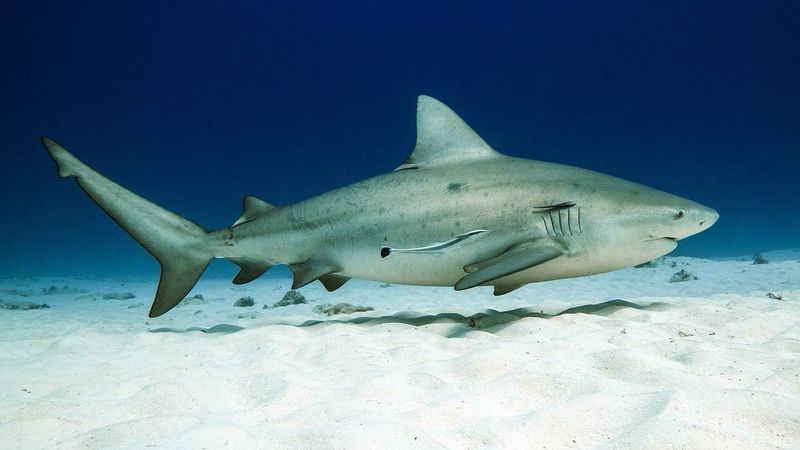
Renowned for their aggressive nature, Bull Sharks can thrive in both salt and freshwater. This adaptability makes them frequent visitors to rivers and coastal waters in the Southeast U.S., including Florida.
Bull Sharks are responsible for many attacks on humans, partly due to their preference for shallow waters. However, such encounters are rare, and humans are not on their menu.
These sharks have a sturdy build, with a blunt, rounded snout, and they can grow up to 11 feet long. Their presence indicates a healthy marine environment, but it’s wise to be cautious when swimming in their habitats.
Bobcat
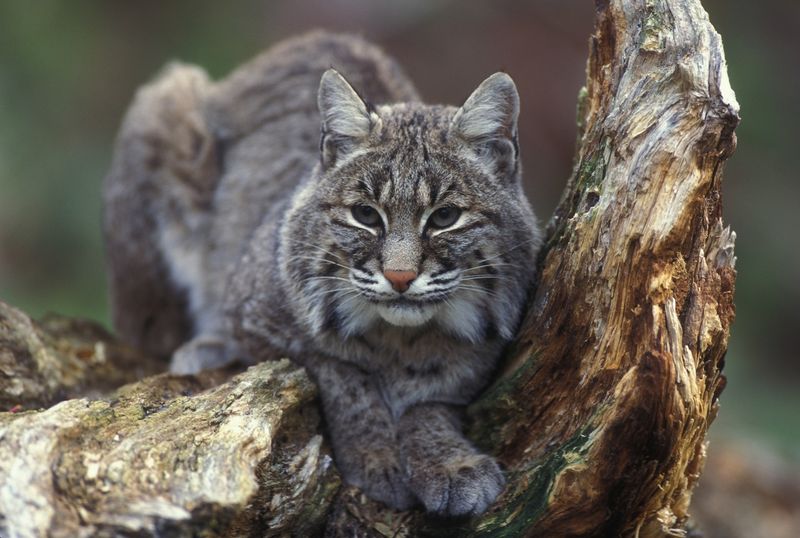
Bobcats are the elusive hunters of the American wilderness, able to adapt to a variety of environments from forests to deserts. These medium-sized felines are solitary creatures with nocturnal habits, and they are skilled climbers and hunters.
Though they typically avoid humans, Bobcats can become bold if cornered or in search of food, posing risks to pets and livestock. Their signature short tail and powerful limbs make them swift and agile predators in their natural domain.
American Crocodile
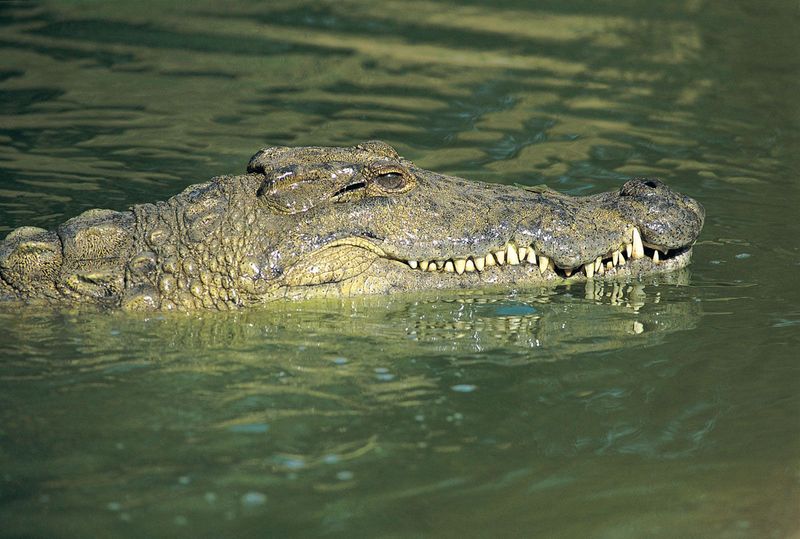
Lurking in the warmer waters of the Florida Keys, the American Crocodile is a rare but formidable sight. With a more tapered snout than its alligator cousin, this crocodile poses a significant threat when provoked.
Though shy and reclusive, interactions with humans can lead to dangerous situations. Their powerful bite is a testament to their evolutionary prowess.
Did you know? American crocodiles can tolerate saltwater, often found in coastal areas and estuaries. Their presence in Florida underscores the biodiversity of the region’s aquatic life.
Cassowary
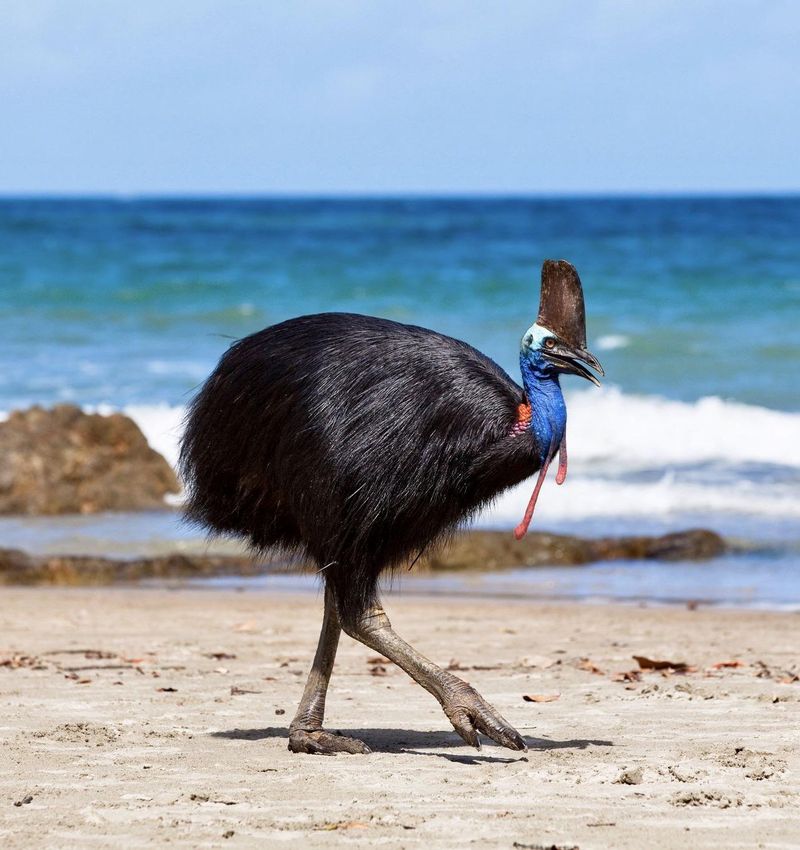
The cassowary, an imposing bird often found in Florida’s tropical areas, is renowned for its striking appearance and formidable nature. With a vivid blue and black plumage, it boasts a helmet-like casque and sharp claws.
Although it typically feeds on fruits, its powerful legs can deliver lethal kicks if threatened. Interestingly, despite being flightless, cassowaries can reach impressive speeds in pursuit or escape.
Native to Australia and New Guinea, these birds have found a niche in certain U.S. habitats. Their presence underscores the unpredictability of nature’s adaptations.

